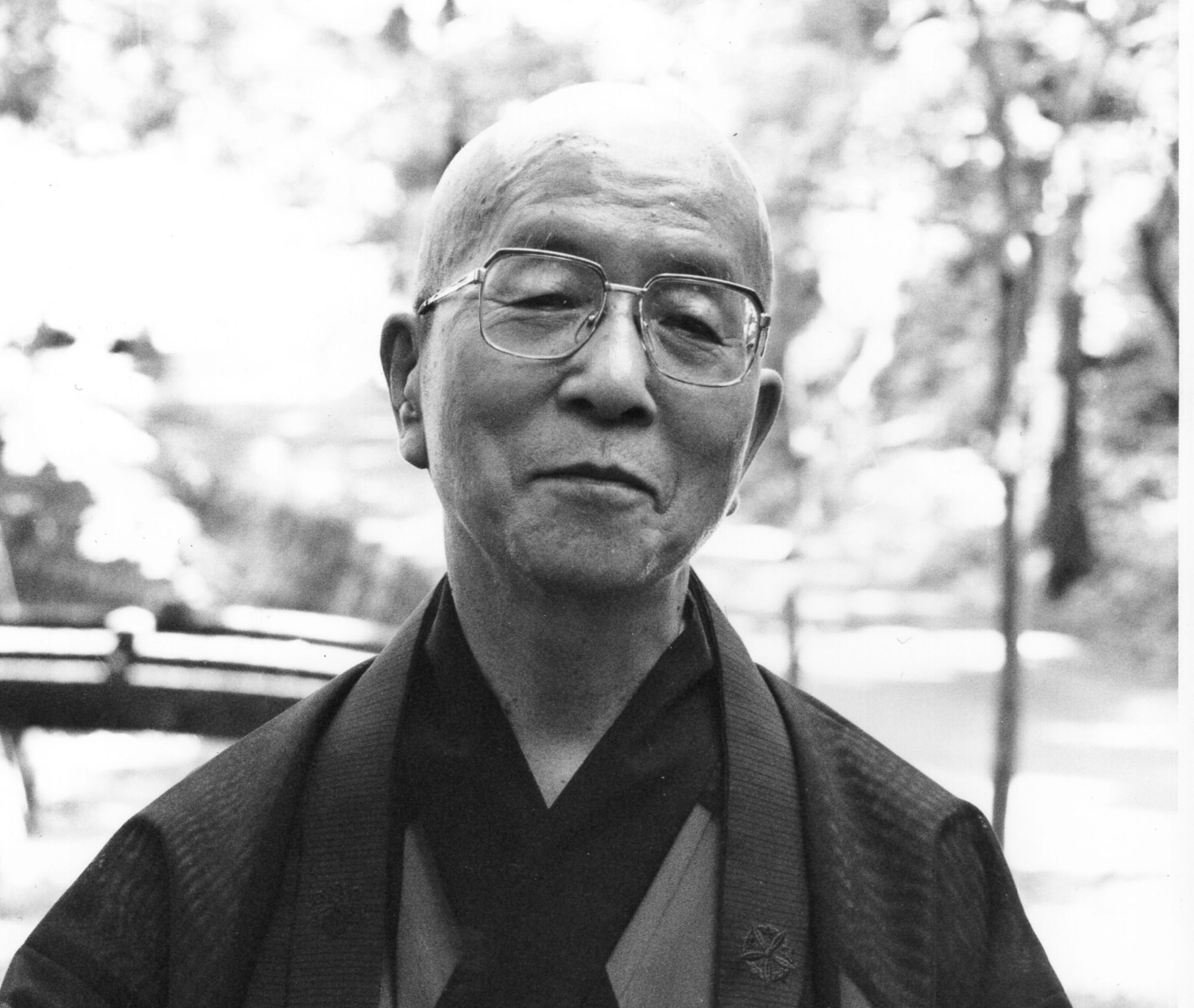Handbook of Authentic Buddhism
Near the end of the 1990’s – around 1997 or 1998 – Sensei emailed me the manuscript of a book that he had been writing, which he had titled “Handbook of Authentic Buddhism”. He said that he wanted to set down his complete thoughts on Buddhism as a handbook that others could make use of, and he asked me to edit and publish it, as I had done with all of his other writings. At the time I was spending a lot of time trying to edit his translation of Nagarjuna’s Mulamadhyama Kakarika (MMK), a manuscript I had been working on with him since 1992, and so I put the file in a folder on my computer’s hard disk as a future project. And that is where it stayed for the next 20 years, until two months ago, when I rediscovered it when looking for material to publish on the website we are creating for all Sensei’s work at shobogenzo.net. I was deeply involved in his translation of the MMK for some 8 years, and finding it almost impossible to understand his way of translating the work. I wanted to attend a summer course in Sanskrit at Harvard University in the summer of 1998 to deepen my knowledge of the language. This was to change the course of my life, and of my relationship with Sensei. After the course at Harvard, I decided to return to the UK, in part to give myself space to complete what was to become my own translation of the MMK. I subsequently started another project that had been waiting in the wings for some 15 years – a translation of the 300 Chinese koan stories that Dogen had collected. The many events of the next decade, and my worsening relationship with my teacher, meant that I forgot of the existence of the handbook that Sensei had wanted me to publish for him. But it’s never too late, and here at last is an edited version that you may find interesting and valuable. I decided to only edit it where the meaning was not clear, or where the expressions he used could be misleading. Although his English improved over the years, he writing was always idiosyncratic, and he would sometimes invent his own English terms for a concept.
The handbook reflects the character of the man. He had read widely on Western history and philosophy, including the writings of all the great philosophers. He had studied the history of western civilization, and particularly Greek civilization, in great detail. He was also keenly interested in world affairs, and could always be relied upon to give you a clear and opinionated view of all aspects of modern Japanese society and global politics, as anyone who lived with him in the Ida Zazen Dojo in Tokyo in the 1990s will confirm. Some of the ideas he presents in this handbook will seem outdated 20 years later. And his hopes for the future of the world may appear to be just a dream. He would sometimes say that he felt like a modern-day Don Quixote, but felt compelled to let the world know of his ideas of the development of world civilization, no matter how crazy people thought he was. His views on relationships and sex were those of a man born in pre-war Japan – he was a man of his time – and difficult to accept in these liberal times. Although he was open-minded with his foreign students, his attitude to his Japanese students was conventional. He would accept criticism from his foreign students – even welcoming it – but not from his Japanese students, who treated him as Japanese people traditionally treat their “sensei” – with great reverence, deference and respect. This was one of the reasons why he loved his discussions with foreign students.
Read the book with an open mind. Many of you will be familiar with his teachings on Dogen and the Shobogenzo. Although his vision of the world in later chapters may seem far from reality, there is a thread of truth running through many of the things he advocates. His idea of a global power that can bring peace, order and stability to the world might seem far-fetched, but he paints a picture of the world with a large brush, in big bold strokes. And he was a proud man. Forty or so years down the line, I realise that I believe in his vision, not literally, and not perhaps in the form that he imagined. But I think that history does have a direction. Life has a direction. Every moment has a direction. If only I knew where it is taking me!
If you find anything in the book that you think needs changing or clarifying, would you please let me know at my usual gmail address. Thanks.
Mike Luetchford
